
3 Powerful Ways To Engage Students in Reading Using a Survey
Introduction
As a reading teacher, it’s important that I engage students in reading. One way I can do this is by using a reading interest survey with my students. Through using a survey, I can discover more about them as a reader while learning about ways to engage students in reading. The information I gain about my students is powerful!
I like to give students a reading interest survey at the beginning of the school year during back-to-school time and mid-year in January. Using a survey helps me to see if students’ interests have changed from the beginning of the school year. Reading interest surveys also help me with the question, how do I engage students in reading? I discovered that many students enjoy telling others about themselves. And using a reading interest survey helps give students a voice in their learning.
Once I have student data from using the reading interest survey I can use it to better help students. Some ways I can assist them are (1) engage students in reading by helping them select books to read that are interesting to them. (2) I can choose guided reading books for students according to their interests. And (3) I can develop creative writing assignments that they are likely to engage with because it is relevant to them.
In this blog post, I will talk about how using a reading interest survey can help teachers engage students in reading by (1) discovering students’ interests, (2) discovering students’ reading habits and behaviors, and (3) giving students a voice in what they learn.

1 Using a Survey to Discover Student’s Interests
As adults, we like to learn about things that are interesting to us. The same is true for our students! Unfortunately, many times students have to suffer through learning about topics that are not meaningful to them. Which makes it challenging to engage students in reading. Yes, we have standards and a curriculum to teach, but that doesn’t mean that we can’t make it interesting!
Using a reading interest survey that asks students questions like: What is your favorite book? What do you like to read? Can guide us teachers in understanding what types of books or subject matter students find relevant. Questions like: What do you prefer to do when you have free time? What is one of your favorite shows or movies? Can provide us with ideas about what students are interested in outside of school. We can use the answers to these questions as data from the surveys. We can then find ways to incorporate students’ interests into our standards and curriculum.
As teachers, we need to ask students questions, and using a survey is a great way to get this accomplished! We can ask them whether they like to read fiction, nonfiction, or poetry. This can help us understand the genre students may enjoy reading. You could also go deeper and ask more questions about specific genres to better cater to your student’s needs. This information could help students with learning about a genre study, an author study, or a novel study. Read my blog post Why Use Novel Studies? to read more about using novel studies in your classroom.
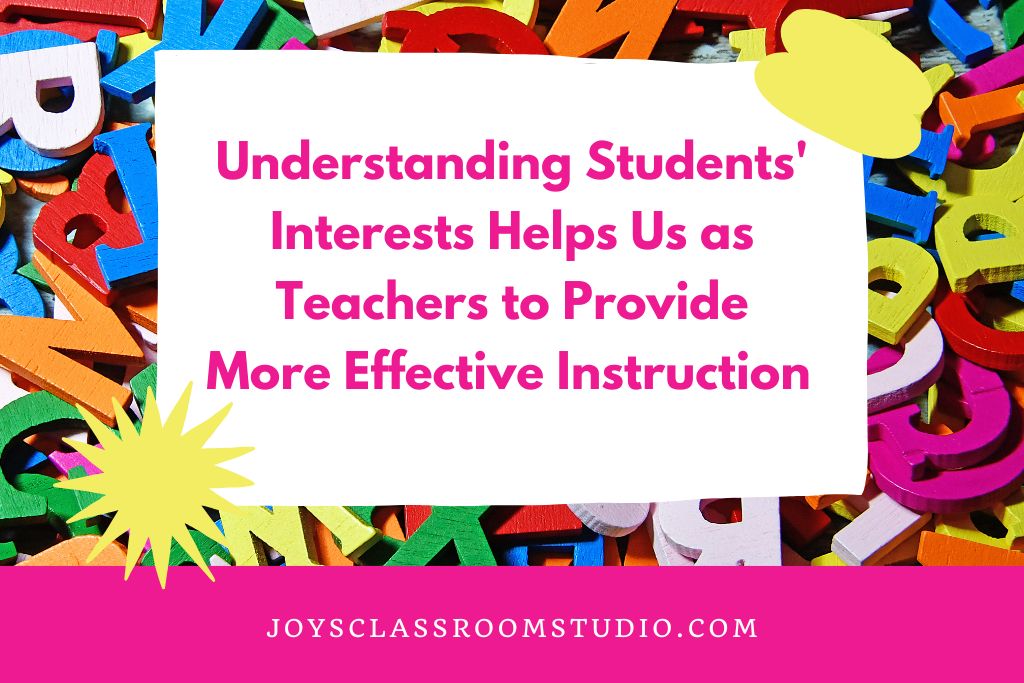
2 Using a Survey to Discover Student’s Reading Habits and Behaviors
Do you need help in understanding students’ reading habits and behaviors? Try using a reading interest survey! As a teacher, it is helpful to hear directly from students about how they feel they learn best. More questions we can ask students are: (1) Do you like to be read to? or (2) Do you prefer to read independently? This can help you understand who prefers read-alouds and who likes reading independently.
Use the student data you’ve collected from using a survey, to help you determine how much time to spend reading aloud to your class. Decide also if you will incorporate silent reading time. Think creatively about how to include students who may not favor read-alouds. Find ways to help readers who prefer not to read independently stay engaged in their reading during independent silent reading time. This may be to encourage them to read a graphic novel. Or it may mean having them read a couple of pages independently in any book and then giving them drawing time to draw in a notebook.
Finding out students’ reading behaviors at home can be key in understanding them as a reader. Ask students if they like to read at home. Use this data to create a reading challenge for students to engage in while reading at home. This can be used to encourage those who are already reading outside of school. Or perhaps you learned that they do not read at home. Maybe there is no time for reading or maybe they don’t have any books. You can choose to set aside specific class time for students to read independently even if it is just 20 minutes.
3 Using a Survey to Give Students a Voice in What They Learn
Students typically do better when they feel they belong in the classroom. When they feel they have input in what they learn. But how can we get students to tell us their point of view? How can we help engage students in reading as well as being an active particpator in the classroom? Well, using a reading interest survey is another way to hear students’ voices about what they want to learn. Students will hopefully appreciate that you are asking for their opinion and value their responses. Using the survey data can help you incorporate more of what students want to learn about and in a way that they learn best.
Teachers can understand their students reading habits and behaviors by using a reading interest survey. It allows students to voice their opinions. Gives them a way to tell us their likes and dislikes. This data helps you as the teacher to offer alternatives to students or you can provide support when it comes to areas they dislike.
Conclusion
Teachers can learn a lot about how to engage students in reading by using a reading interest survey. I have found it to be most effective if given at the beginning of the school year and mid-year in January. The survey is especially useful: for (1) discovering students’ interests, (2) discovering students’ reading habits and behaviors, and (3) giving students a voice in what they learn.
I have created two reading interest surveys. One for grades K-3 that includes a differentiated reading interest survey for Kindergarten through Third-Grade students and can be purchased here in my TPT store.
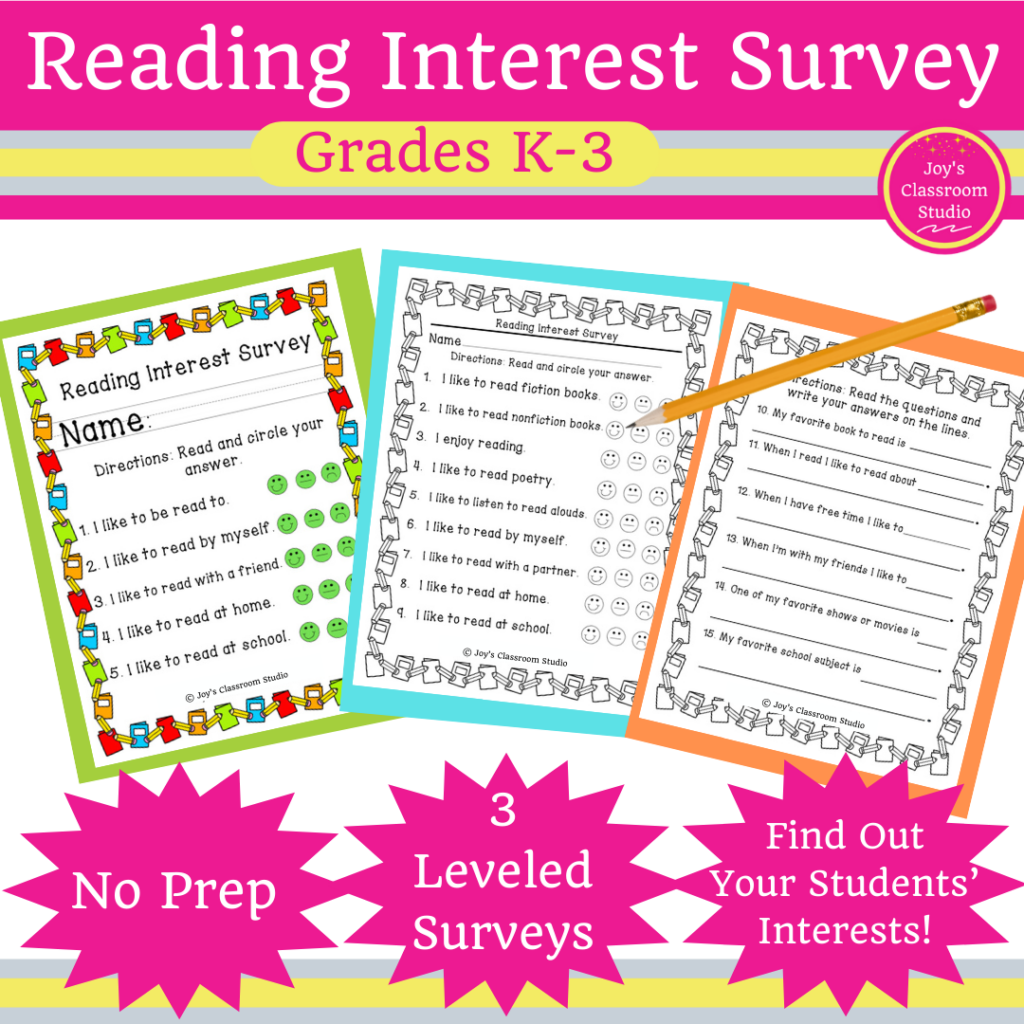
And the other reading interest survey I created is a reading and writing interest survey for students in fourth grade through sixth grade. It can be purchased here in my TPT store.
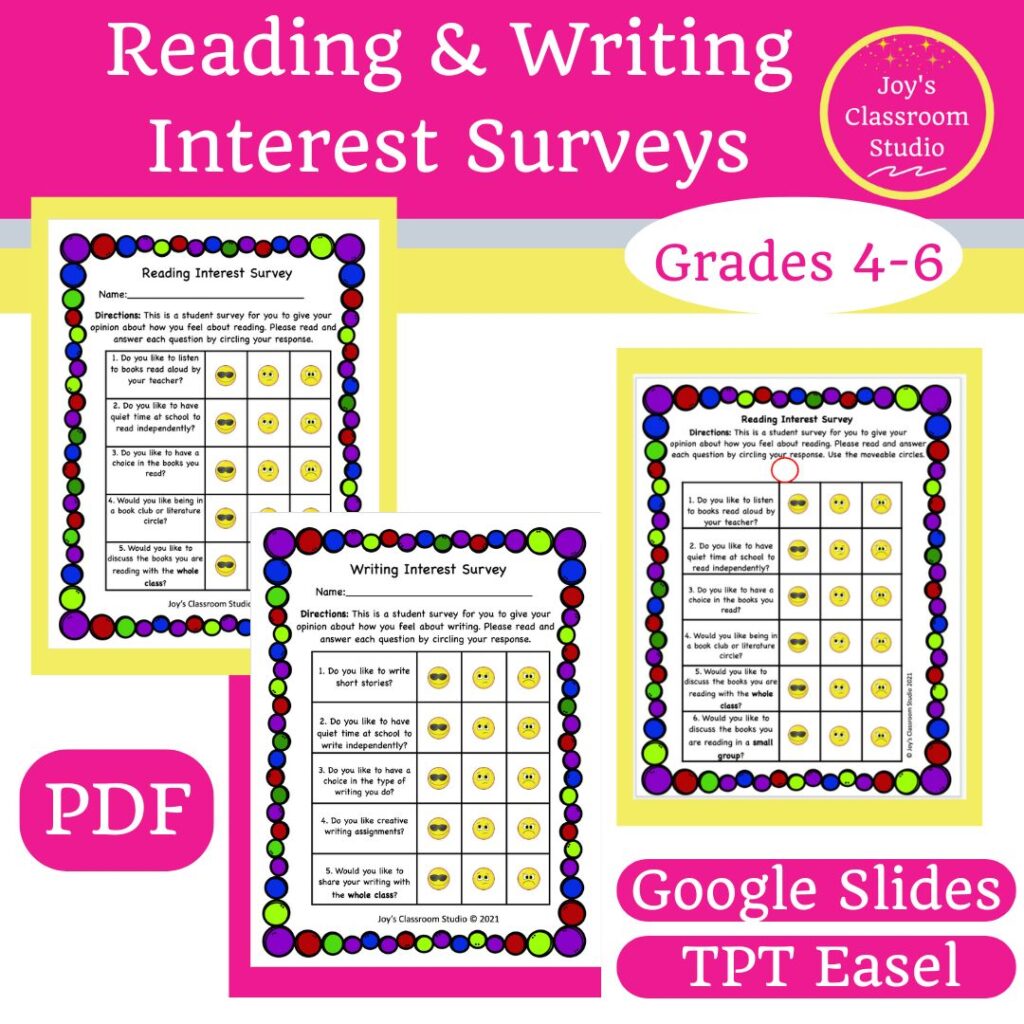
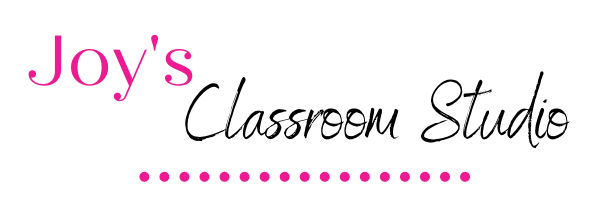






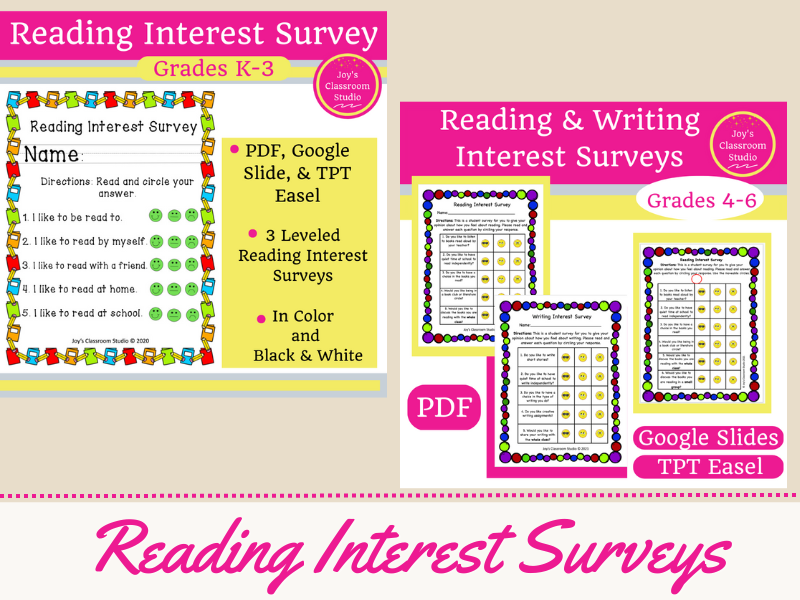

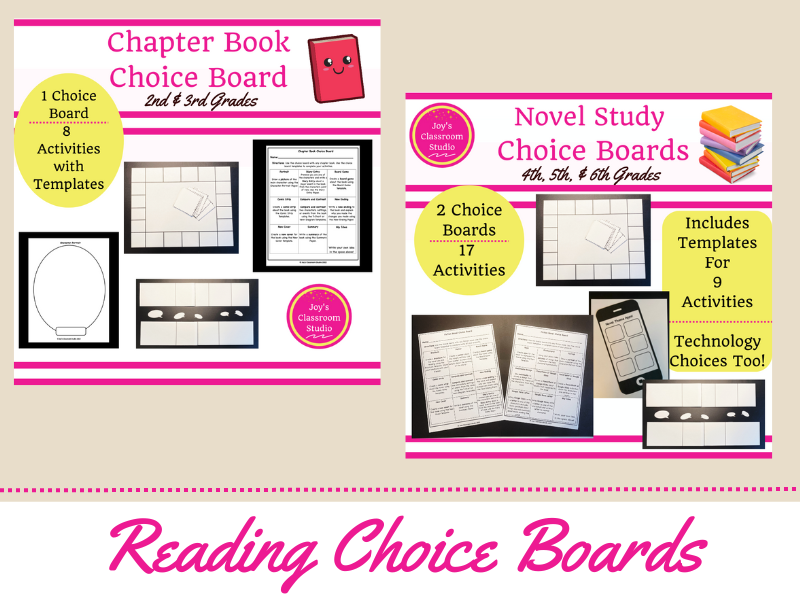
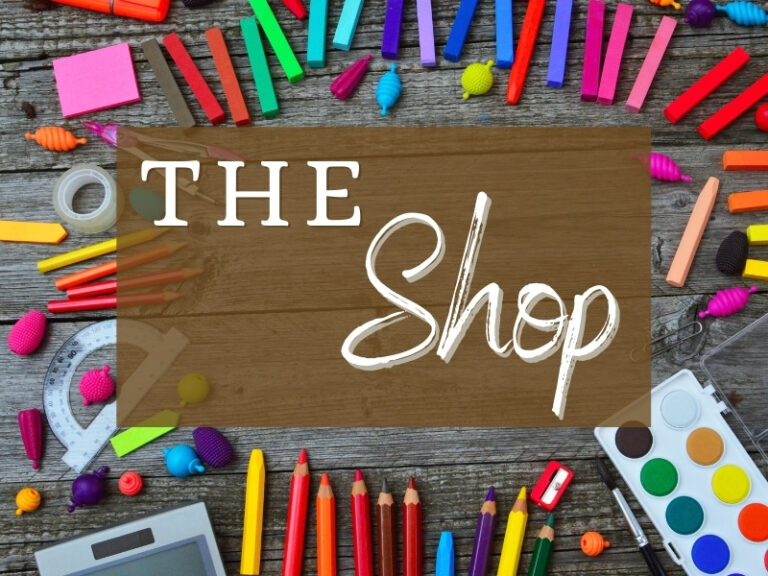
2 Responses